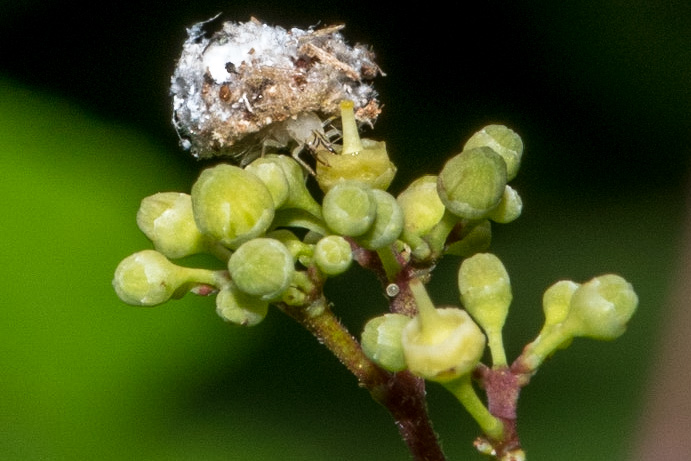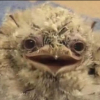I believe this tiny arthropod is on a False Virginia Creeper or Porcelainberry. It doesn’t look like a Cottony Cushion Scale but it might be a Woolly Aphid nymph. It’s about 5 mm long and appears to have bits of fuzz and detritus adorning it’s exoskeleton. I’m clueless. Suggestions appreciated!

Edited by ConcordAntman, August 16 2020 - 9:48 PM.



















